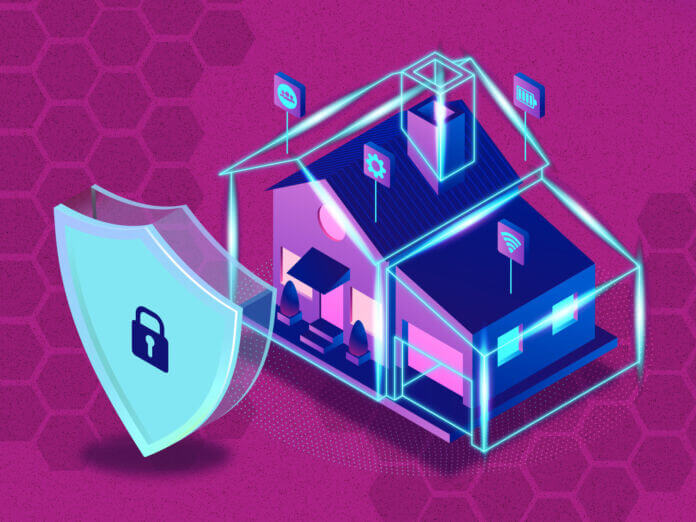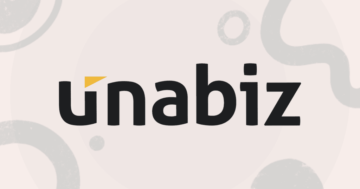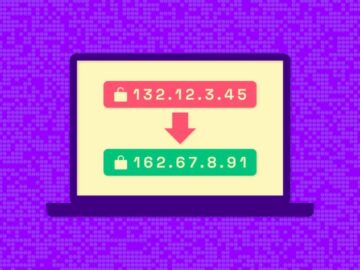
Integration of IoT devices across sectors like healthcare, and manufacturing continues to grow and transform everyday operations and services. Ensuring the security of IoT ecosystems becomes even more important, as vulnerabilities can have widespread implications. DevOps could promise a solution to IoT vulnerabilities.
DevOps practices promote continuous integration, deployment, and rigorous IoT security measures. They can play a crucial role in enhancing IoT security. These methodologies enable timely updates, threat detection, and a culture of security.
Continuous Integration and Continuous Deployment (CI/CD) for IoT
Automated Continuous Integration/Continuous Deployment (CI/CD) pipelines streamline software creation, swiftly integrating code from development to production stages. IoT DevOps practices further enhance security and efficiency in IoT deployments.
CI/CD pipelines play a crucial role in IoT applications by consistently applying security updates and patches, ensuring systems remain up-to-date and secure against emerging threats. CI/CD pipelines automate the deployment process and allow for the swift rollout of necessary updates across diverse IoT devices and applications.
Integrating continuous testing into CI/CD takes a preemptive security approach, employing automated tools to scan for weaknesses, coding errors, and potential security breaches as new code integrates. Detecting and addressing these vulnerabilities before deployment reduces the risk of security incidents. It also ensures that IoT applications remain robust against attacks throughout their lifecycle.
Infrastructure as Code (IaC) for Scalable Security
Infrastructure as code (IaC) is an approach for managing and provisioning IoT infrastructure. It enables the automated setup of physical devices, networks, and services through software. By defining infrastructure requirements in code, IaC allows for the quick and repeatable deployment of IoT environments, ensuring consistency and efficiency. It is particularly beneficial for scaling IoT operations, as it supports the deployment of identical configurations across multiple devices and locations with minimal manual intervention.
IaC also plays a big role in maintaining consistent security configurations across all deployments. By codifying security policies and practices, you can automate the enforcement of security standards. Some popular security tools for CI/CD and IaC include Checkov, Terrascan, TFLint, and tfsec (especially for Terraform).
The automated approach to security reduces the risk of human error and ensures that every part of the IoT infrastructure complies with your security requirements.
Containerization and Microservices
Containerization is a powerful strategy for securing IoT applications by isolating them within containers, minimizing the attack surface. If one application is compromised, the breach is contained, preventing it from spreading to other parts of the system. Containerization also simplifies updating and patching applications, allowing you to respond to security threats without extensive downtime.
The deployment of a microservices architecture breaks down IoT solutions into smaller, manageable pieces that can be developed, deployed, and scaled independently. It enables precise scaling of individual components in response to specific demands, optimizing resource utilization and performance.
Containerization and microservices architecture provide a robust framework for developing secure, scalable IoT solutions.
Monitoring, Logging, and Real-Time Alerts
Incorporating comprehensive monitoring and logging became a standard within an IoT or DevOps framework. By continuously tracking and recording system activities and performance metrics, you can gain deep insights into their IoT operations, identifying anomalous behaviors that may indicate security incidents.
The real-time visibility into the infrastructure lets you detect potential vulnerabilities and breaches early, improving a proactive security posture.
Automated alert systems included in real-time alerting, based on predefined criteria and anomaly detection algorithms, notify relevant persons immediately upon detecting suspicious activities. The prompt notification allows quick response actions to mitigate threats before they escalate, minimizing potential damage.
Together, comprehensive monitoring, logging, and real-time alerting form a robust defense mechanism. Such tools allow you to maintain the integrity and security of your IoT deployments in the face of cyber threats.
DevSecOps and IoT
DevSecOps integrates security into the DevOps lifecycle, including security considerations not as an afterthought but as a fundamental aspect of the development process. The security-first approach encourages a collaborative effort between development, operations, and security teams.
When security tools and practices are included at the beginning of the process, they enable the identification and mitigation of vulnerabilities at the earliest possible stage. This can significantly reduce the risk of security breaches. Continuous IoT security testing, threat modeling, and automated security checks become part of the continuous integration and DevOps deployment pipeline. This can then ensure continuous security assessment.
Wrapping Up
Key DevOps practices like continuous integration and deployment, comprehensive monitoring, and logging. Integration of security at every phase through DevSecOps can also make a significant impact on enhancing IoT security. These strategies promote a proactive security stance, ensuring IoT ecosystems are robustly protected against evolving threats.
- SEO Powered Content & PR Distribution. Get Amplified Today.
- PlatoData.Network Vertical Generative Ai. Empower Yourself. Access Here.
- PlatoAiStream. Web3 Intelligence. Knowledge Amplified. Access Here.
- PlatoESG. Carbon, CleanTech, Energy, Environment, Solar, Waste Management. Access Here.
- PlatoHealth. Biotech and Clinical Trials Intelligence. Access Here.
- Source: https://www.iotforall.com/using-devops-practices-to-enhance-iot-security
- :is
- :not
- 1
- a
- across
- actions
- activities
- addressing
- against
- Alert
- algorithms
- All
- allow
- Allowing
- allows
- also
- an
- and
- anomaly detection
- Application
- applications
- Applying
- approach
- architecture
- ARE
- AS
- aspect
- At
- attack
- Attacks
- automate
- Automated
- based
- BE
- became
- become
- becomes
- before
- Beginning
- behaviors
- beneficial
- between
- Big
- breach
- breaches
- breaks
- but
- by
- CAN
- Checks
- code
- Coding
- collaborative
- complies
- components
- comprehensive
- Compromised
- configurations
- considerations
- consistency
- consistent
- consistently
- contained
- continuous
- continuously
- could
- creation
- criteria
- crucial
- Culture
- cyber
- damage
- deep
- Defense
- defining
- demands
- deployed
- deployment
- deployments
- detect
- detecting
- Detection
- developed
- developing
- Development
- Devices
- DevOps
- diverse
- down
- downtime
- earliest
- Early
- Ecosystems
- efficiency
- effort
- emerging
- employing
- enable
- enables
- encourages
- enforcement
- enhance
- enhancing
- ensures
- ensuring
- environments
- error
- Errors
- escalate
- especially
- Even
- Every
- everyday
- evolving
- extensive
- Face
- For
- form
- Framework
- from
- fundamental
- further
- Gain
- Grow
- Have
- healthcare
- HTTPS
- human
- IAC
- identical
- Identification
- identifying
- if
- immediately
- Impact
- implications
- important
- improving
- in
- incidents
- include
- included
- Including
- independently
- indicate
- individual
- Infrastructure
- insights
- Integrates
- Integrating
- integration
- integrity
- intervention
- into
- iot
- iot devices
- IT
- jpg
- Lets
- lifecycle
- like
- locations
- logging
- maintain
- maintaining
- make
- manageable
- managing
- manual
- manufacturing
- max-width
- May..
- methodologies
- Metrics
- microservices
- minimal
- minimizing
- Mitigate
- mitigation
- modeling
- monitoring
- more
- multiple
- necessary
- networks
- New
- notification
- of
- on
- ONE
- Operations
- optimizing
- or
- Other
- part
- particularly
- parts
- Patches
- Patching
- performance
- persons
- phase
- physical
- pieces
- plato
- Plato Data Intelligence
- PlatoData
- Play
- plays
- policies
- Popular
- possible
- potential
- powerful
- practices
- precise
- preventing
- Proactive
- process
- Production
- promise
- promote
- protected
- provide
- Quick
- real-time
- recording
- reduce
- reduces
- relevant
- remain
- repeatable
- Requirements
- resource
- Respond
- response
- rigorous
- Risk
- robust
- Role
- rollout
- scalable
- scaled
- scaling
- scan
- Sectors
- secure
- securing
- security
- security breaches
- security policies
- Security threats
- security tools
- security updates
- Services
- setup
- significant
- significantly
- simplifies
- smaller
- Software
- solution
- Solutions
- some
- specific
- Spreading
- stages
- stance
- standard
- standards
- strategies
- Strategy
- streamline
- such
- Supports
- Surface
- suspicious
- SWIFT
- swiftly
- system
- Systems
- takes
- teams
- Terraform
- Testing
- that
- The
- the security
- their
- Them
- These
- they
- this
- threat
- threat detection
- threats
- Through
- throughout
- timely
- to
- tools
- Tracking
- up-to-date
- Updates
- updating
- upon
- using
- utilization
- visibility
- Vulnerabilities
- weaknesses
- widespread
- with
- within
- without
- you
- Your
- zephyrnet







